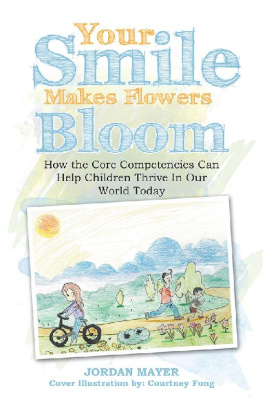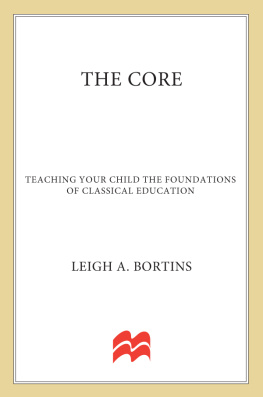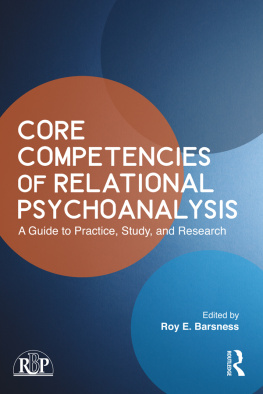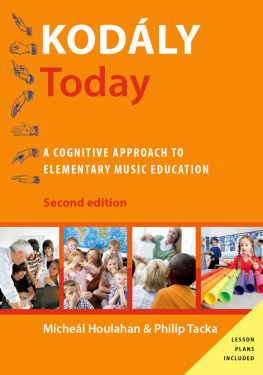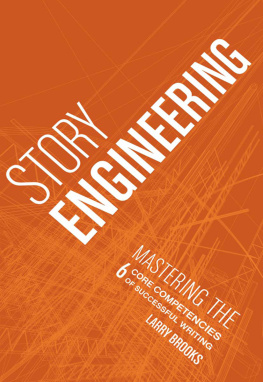Your
Smile
Makes Flowers
Bloom
How the Core Competencies Can Help Children Thrive In Our World Today
JORDAN MAYER

Copyright 2020 Jordan Mayer.
All rights reserved. No part of this book may be used or reproduced by any means, graphic, electronic, or mechanical, including photocopying, recording, taping or by any information storage retrieval system without the written permission of the author except in the case of brief quotations embodied in critical articles and reviews.
WestBow Press
A Division of Thomas Nelson & Zondervan
1663 Liberty Drive
Bloomington, IN 47403
www.westbowpress.com
1 (866) 928-1240
Because of the dynamic nature of the Internet, any web addresses or links contained in this book may have changed since publication and may no longer be valid. The views expressed in this work are solely those of the author and do not necessarily reflect the views of the publisher, and the publisher hereby disclaims any responsibility for them.
Any people depicted in stock imagery provided by Getty Images are models, and such images are being used for illustrative purposes only.
Certain stock imagery Getty Images.
ISBN: 978-1-9736-8205-9 (sc)
ISBN: 978-1-9736-8204-2 (e)
WestBow Press rev. date: 01/15/2020
Dedication
For parents: You have the hardest job in the world. It takes a great deal of love and patience to raise a child. Often the things you do, big and small, go unnoticed. However, your words and actions are vital in helping your child thrive as an individual. Thank you for the time, patience, and energy you pour into your child!
For teachers: I believe you have the second hardest job in the world. You are required to engage a classroom full of children while dealing with countless distractions: fire drills, earthquake drills, spilled water bottles, spilled pencil cases, and phone calls just to name a few. You are doing an amazing job! Are you doing a perfect job? By no means! However, your work is valued and appreciated!
Contents
Prophets of a Future Not Our Own
It helps, now and then, to step back and take a long view.
The kingdom is not only beyond our efforts, it is even beyond our vision.
We accomplish in our lifetime, only a fraction of the magnificent enterprise that is Gods work.
Nothing we do is complete, which is a way of saying that the kingdom always lies beyond us.
No statement says all that could be said.
No confession brings perfection.
No pastoral visit brings wholeness.
No program accomplishes the Churchs mission.
No set of goals and objectives includes everything.
This is what we are about. We plant the seeds that one day will grow.
We water the seeds already planted, knowing that they hold future promise.
We lay foundations that will need further development.
We provide yeast that produces far beyond our capabilities.
We cannot do everything and there is a sense of liberation in realizing that.
This enables us to do something and to do it well.
It may be incomplete, but it is a beginning, a step along the way, an opportunity for the Lords grace to enter and do the rest.
We may never see the end results, but that is the difference between the master builder and the worker.
We are workers, not master builders; ministers, not messiahs.
We are prophets of a future not our own.
Father Kenneth Edward Untener
Children have a way of surprising us! They have the ability to make a statement so profound that it makes the hearer wonder how something so wise could come from someone so young. I had this experience while subbing at a small elementary school in my hometown. The classroom teacher had instructed in his lesson plan that students create a Mothers Day card. I introduced the lesson and handed out folded pieces of paper for students to work on. While making the cards, I helped students write familiar statements such as I love you, Mom, or Thank you for loving me. However, upon coming to a young boys desk, I was taken aback. Written in small letters across the top of his card were the following words: Dear Mom, your smile makes flowers bloom!
What a beautiful statement! This child clearly felt free to express himself and play with language in a creative way. He didnt feel the need to write what was expected; instead, he took a risk and ended up creating the most profound Mothers Day card I have ever seen.
This is my hope for children living in our world today: that they would be equipped with the necessary tools to flourish in their homes, schools, and communities. Every child is unique and made for a purpose. As educators, we have the tremendous privilege of helping them discover their God-given talents and abilities.
The Core Competencies are carefully crafted tools that will help equip students with the skills, knowledge, and strategies they will need as they journey through life. I hope this book gives a glimpse of what the Core Competencies could look like through the eyes of a child.
I understand that this work in no way encompasses all that can be learned about this complex topic, however, I am committed to taking a small step to better understand the Core Competencies, discover how they can shape children, and learn how to help them thrive as individuals.
Core Competencies
What are Core Competencies? The Government of British Columbia defines them as sets of intellectual, personal, and social and emotional proficiencies that all students need to develop in order to engage in deep learning and lifelong learning.
To gain a better understanding of how the Core Competencies are organized, I would like to propose the following illustration. Imagine that there are three houses on a large piece of land: an orange house, a blue house, and a green house. Each house represents one of the three Core Competencies:
Communication
Thinking
Personal and Social
In the Communication house, there are two rooms, technically referred to as sub-competencies. The two sub-competencies are:
A. Communicating
B. Collaborating
The two sub-competencies for Thinking are:
A. Creative Thinking
B. Critical and Reflective Thinking
The three sub-competencies for Personal and Social are:
A. Personal Awareness and Responsibility
B. Positive Personal and Cultural Identity
C. Social Awareness and Responsibility
In each room, there are three or four bookshelves, technically referred to as facets.
The three facets of Communicating include:
Connecting and engaging with others
Focusing on intent and purpose
Acquiring and presenting information
From this point, I will go into greater detail within the facet of Communicating to demonstrate how the Core Competencies are further arranged; however the organization style pertains to all of the other facets as well.
Imagine that each bookshelf has six shelves, technically referred to as profiles. For Communicating, the six profiles are:
In a safe and supported environment, I respond meaningfully to communication from peers and adults.
In familiar settings, I communicate with peers and adults.
I communicate purposefully, using forms and strategies I have practiced.
I communicate clearly and purposefully, using a variety of forms appropriately.
I communicate confidently, using forms and strategies that show attention to my audience and purpose.
I communicate with intentional impact, in well-constructed forms that are effective in terms of my audience and in relation to my purpose.
On each shelf, there might be a single book or numerous books. The books on the top shelf contain elemental ideas, while the books on the bottom shelf are much more complex and advanced. This is to demonstrate how students begin with basic profiles and progress to more advanced skills through practice and purposeful reflection.
Next page
